'I helped repair Britain's most bashed bridge'
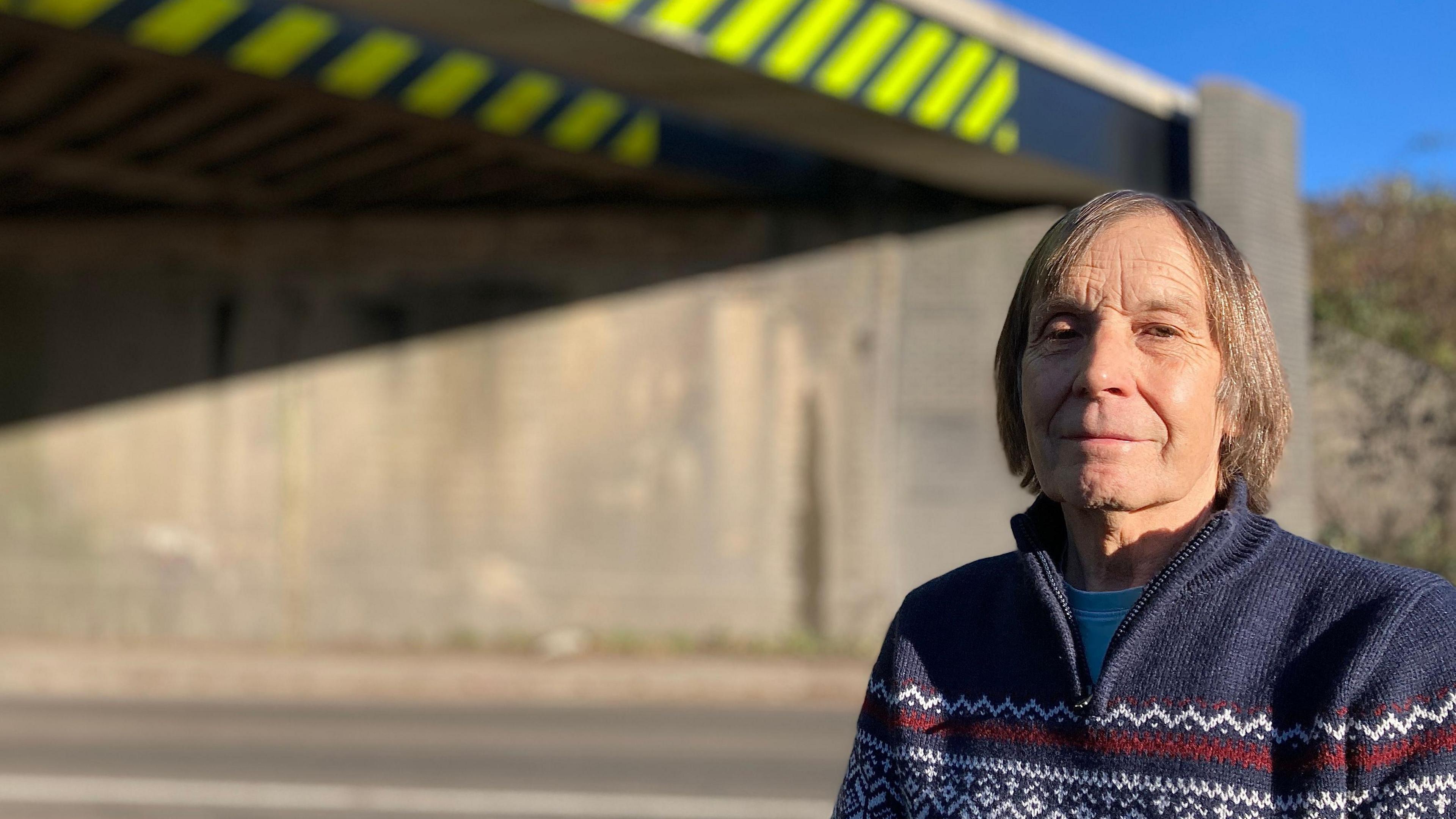
Former British Rail engineer Brian Maddison recalls repairing the A5 Watling Street railway bridge
- Published
A former British Rail engineer has described how he helped repair and replace a bridge in the 1970s that in recent years has become notorious for being frequently bashed.
The A5 Watling Street railway bridge in Hinckley, Leicestershire, which has previously held the title as Britain's most bashed, has been struck more than a dozen times this year.
Brian Maddison remembers when the bridge had to be replaced after being raised "about 3ft in the air" in an accident in 1975, external, adding a local worker was able to avert disaster by stopping a train that was approaching the damaged structure.
When asked about the bridge's recent troubles, the 78-year-old joked: "Stop hitting my bridge!"
Discussions are ongoing about a solution to the issues at the bridge, which was dubbed Britain's "most bashed" when it was hit 25 times between 2019 and 2020.
Agrarian Development Holdings has been given permission to build a warehouse and office complex on a nearby site.
Part of the project would include lowering the road under the bridge.
While this could solve the bridge strike issue, Hinckley and Bosworth Borough Council has warned it would create long-term traffic problems.
National Highways has now told the BBC the project to lower the road level under the bridge could start in the spring.
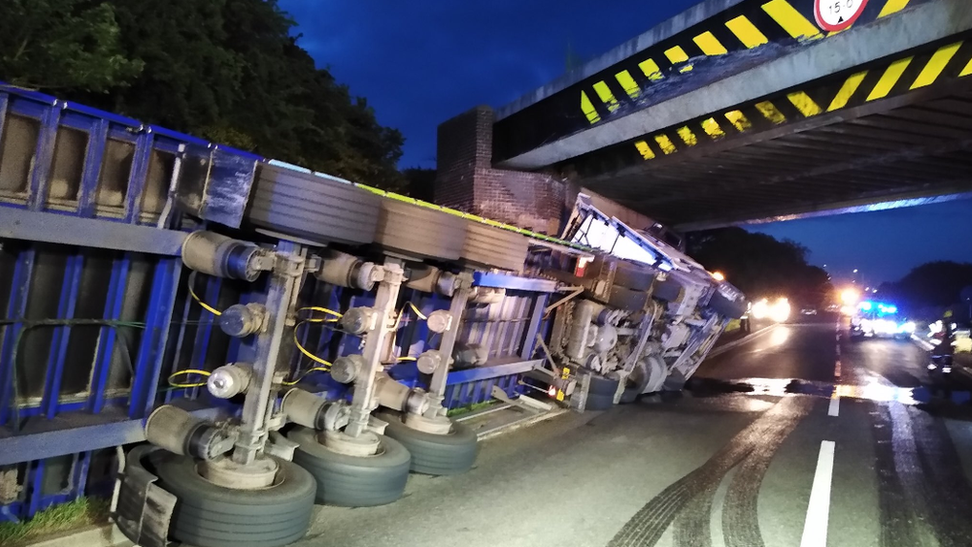
Lorries like this one have previously struck the bridge
Brian, from Bingham in Nottinghamshire, explained he and a team of British Rail engineers were called to the scene in 1975.
"An excavator on the back of a low loader lorry came through from the south, and they hadn't quite stowed the arm down low enough," he said.
"It cleared the first girder of the bridge, but then struck the girder on the far side and because of the angle and the strength of the arm of the excavator, it actually managed to raise the bridge about 3ft in the air, which of course was an extremely dangerous situation."
Immediately after the bridge was put out of action, Brian said disaster was averted due to the quick actions of a local worker.
Brian added: "Fortunately, a man who was working at a firm on the other side of the bridge heard the crash and saw the danger and ran up on to the railway to stop an approaching train - otherwise it would have been a real disaster."
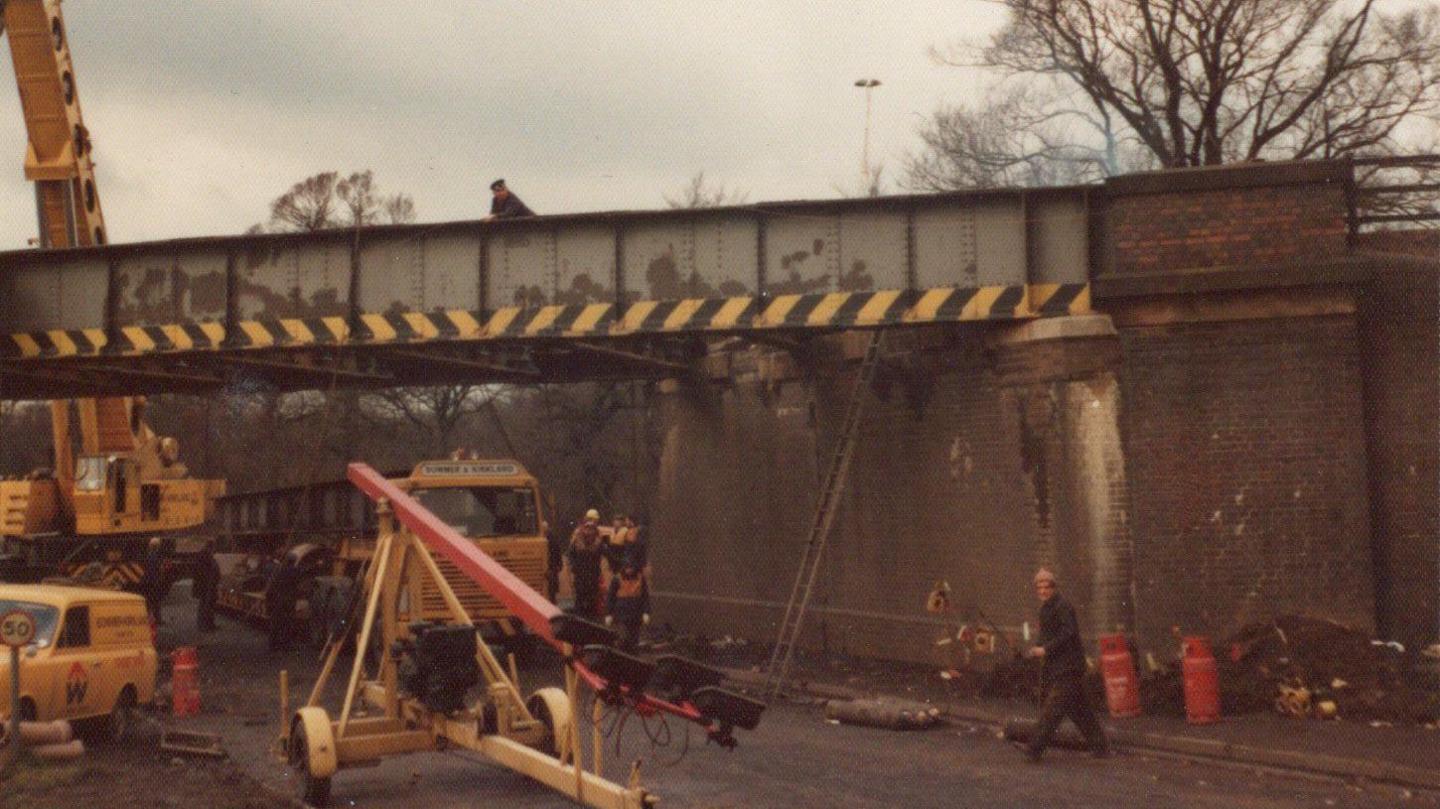
Brian and the team worked to fix and eventually replace the bridge in 1975
After the accident, the challenge was to get the route open for road vehicles and trains as soon as possible.
Brian said: "I went to our stock yard at Toton [in Nottinghamshire] and arranged to load up a couple of temporary beams that could be used to reinstate one of the lines.
"I think within about three days, we got the first line open. We got the temporary bridge put in, which enabled the railway and the road to reopen."
The temporary bridge proved to be successful and stayed in use for a year while a new main bridge section was designed and constructed.
Then time was found to install the new bridge, which has remained in place to the current day.
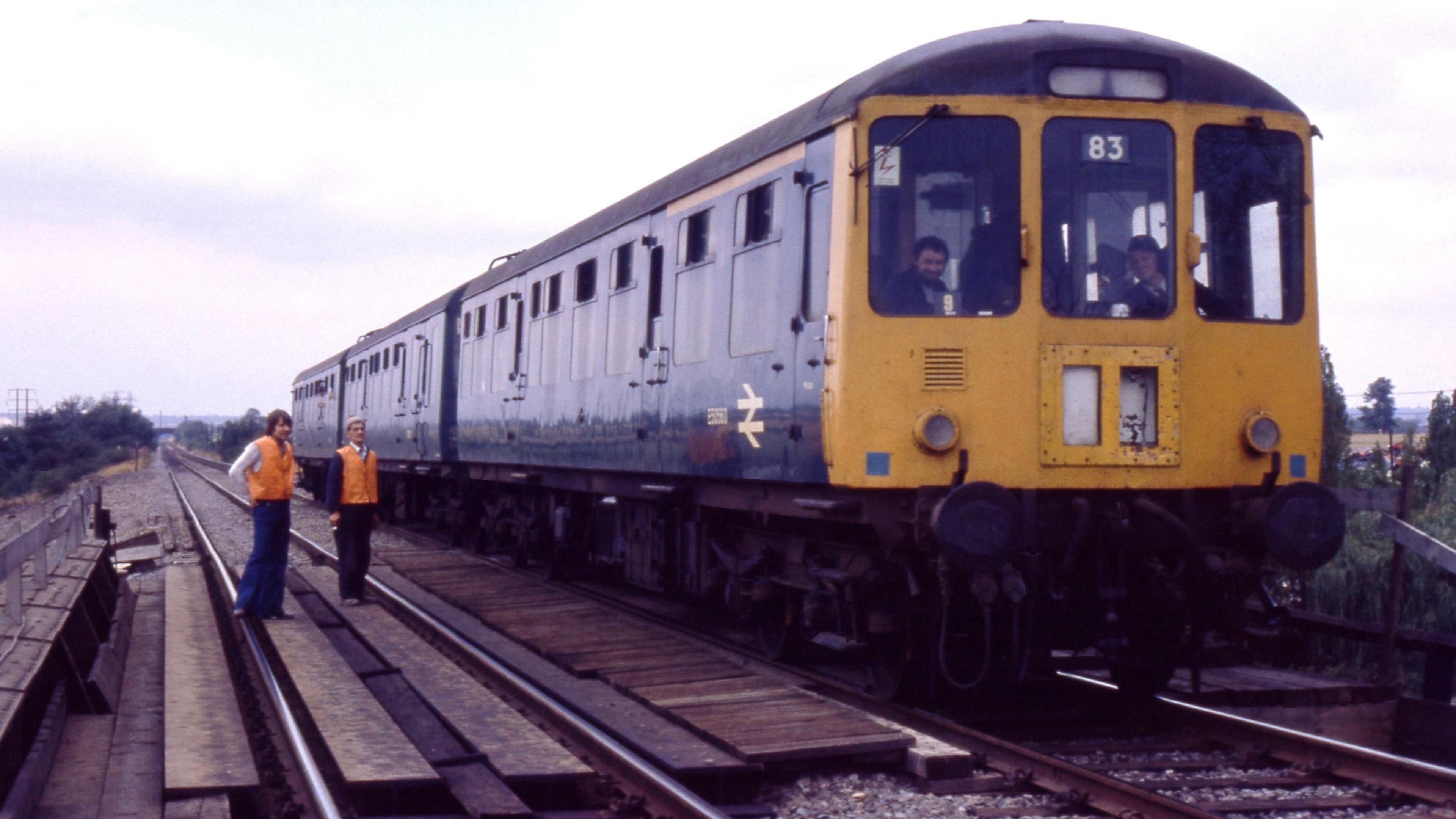
Brian is seen on the left as a train tests the A5 bridge
Brian worked for British Rail for 31 years before starting his own private sector company, which also carried out rail projects.
Returning to the site of the bridge for the first time in decades, he said: "I've enjoyed looking at it. I see they've added on some protection beams since I was here, but other than that it's the same bridge."
National Highways has now confirmed to the BBC that it is working with developers to "achieve technical assurance, which includes flood alleviation work" before work on lowering the road can begin.
"Plans to lower the road are being undertaken by Padge Hall Development, which has planning consent in place and hopes to start work in the spring of 2025," a spokesperson added.
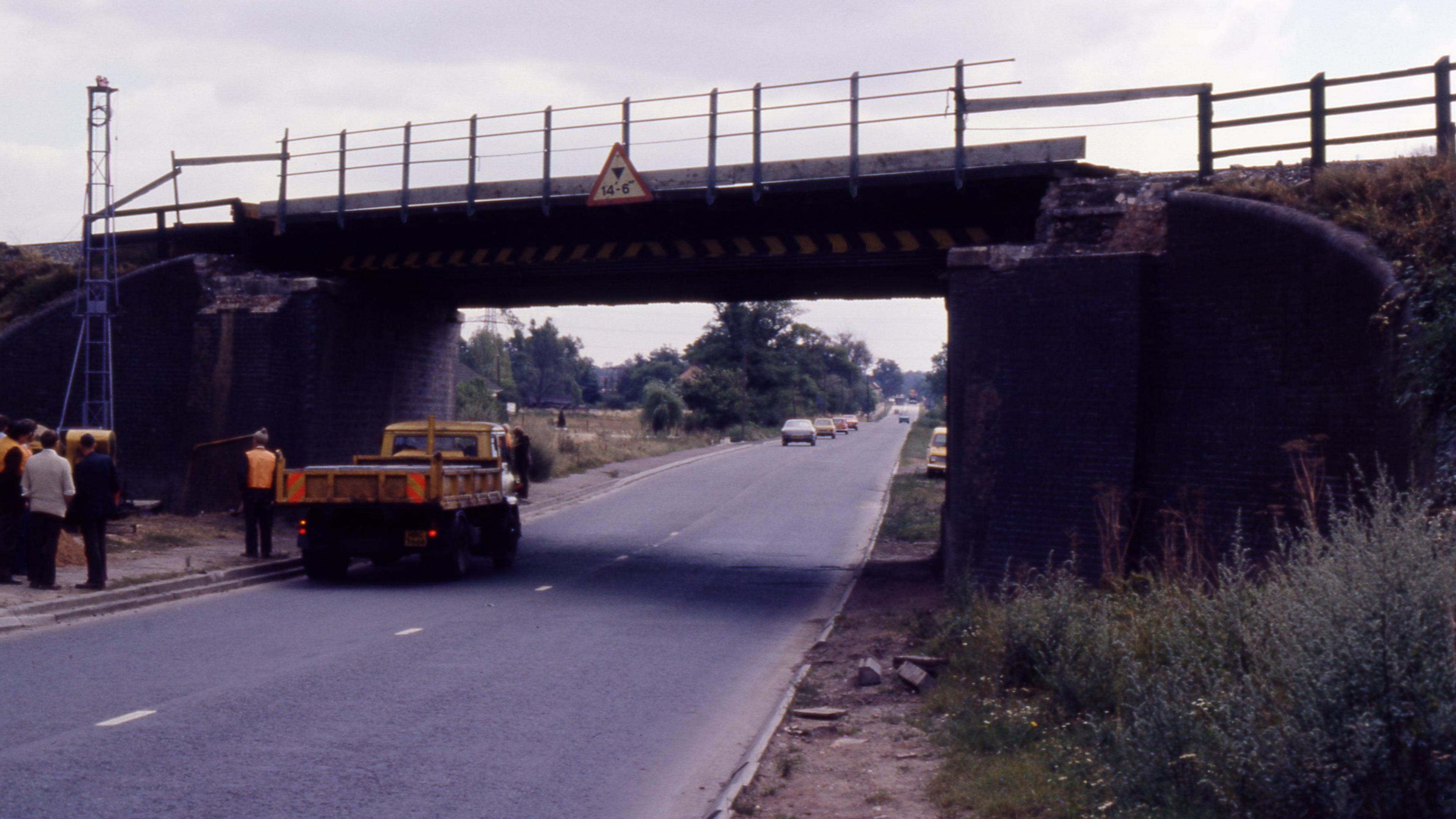
A temporary repair of the bridge was in place for a year
Brian is in support of the plan to lower the road to allow larger vehicles to pass through.
"That is certainly the most economic option, because the option of raising the railway line is very expensive because you can only alter the gradient on a line by a very small amount, so to raise the bridge you would have to maybe raise the line for a mile in each direction, gradually, to get the height you needed," he added.
He hopes this work will finally put an end to the troubles at the bridge.
"Even though that might not be an easy thing to do... engineering-wise it's certainly possible," he added.
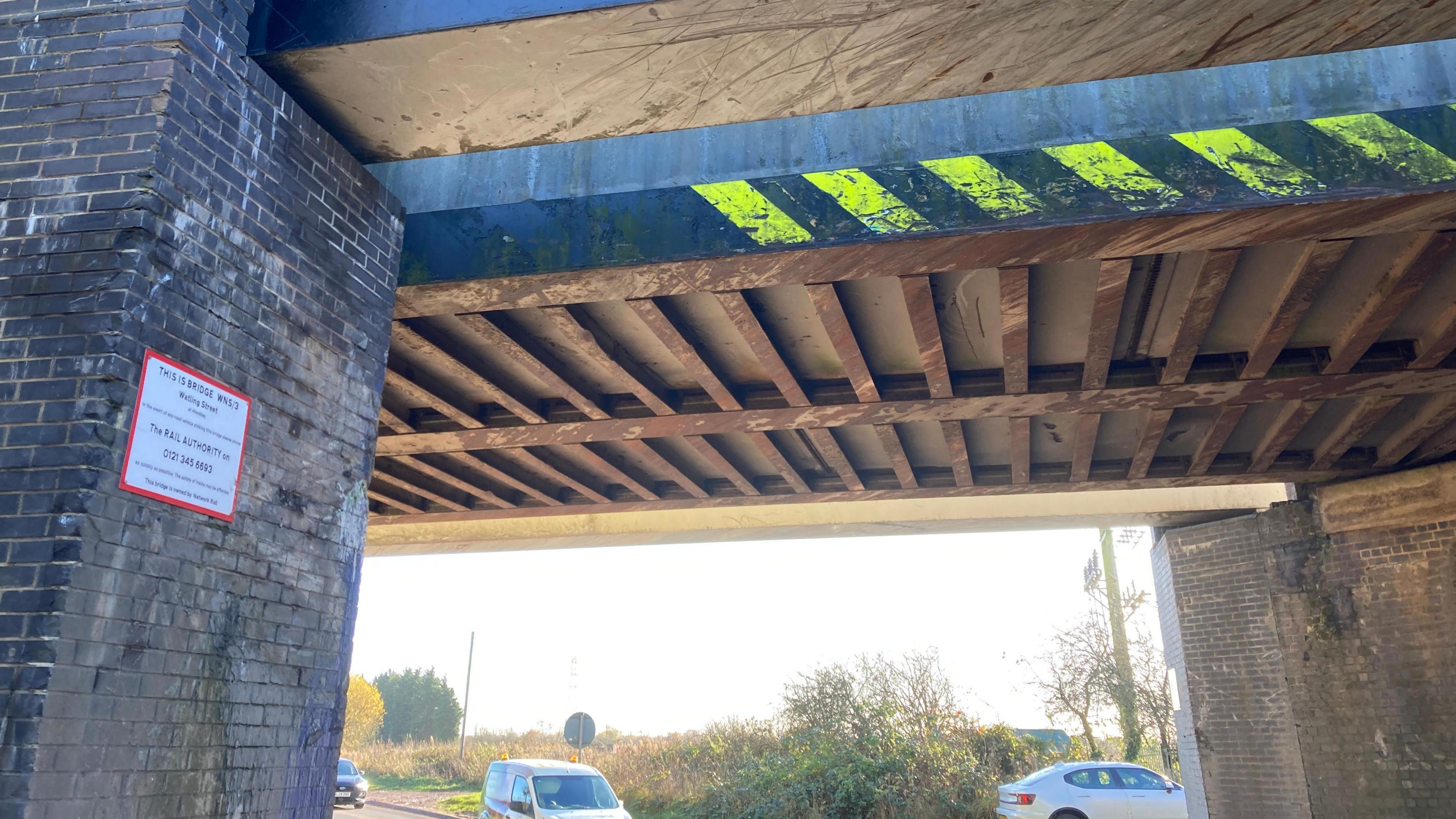
Underneath the bridge, you can see scrapes where previous crashes have taken place
Get in touch
Tell us which stories we should cover in Leicester
Follow BBC Leicester on Facebook, external, on X, external, or on Instagram, external. Send your story ideas to eastmidsnews@bbc.co.uk, external or via WhatsApp, external on 0808 100 2210.
Related topics
- Published13 October 2024
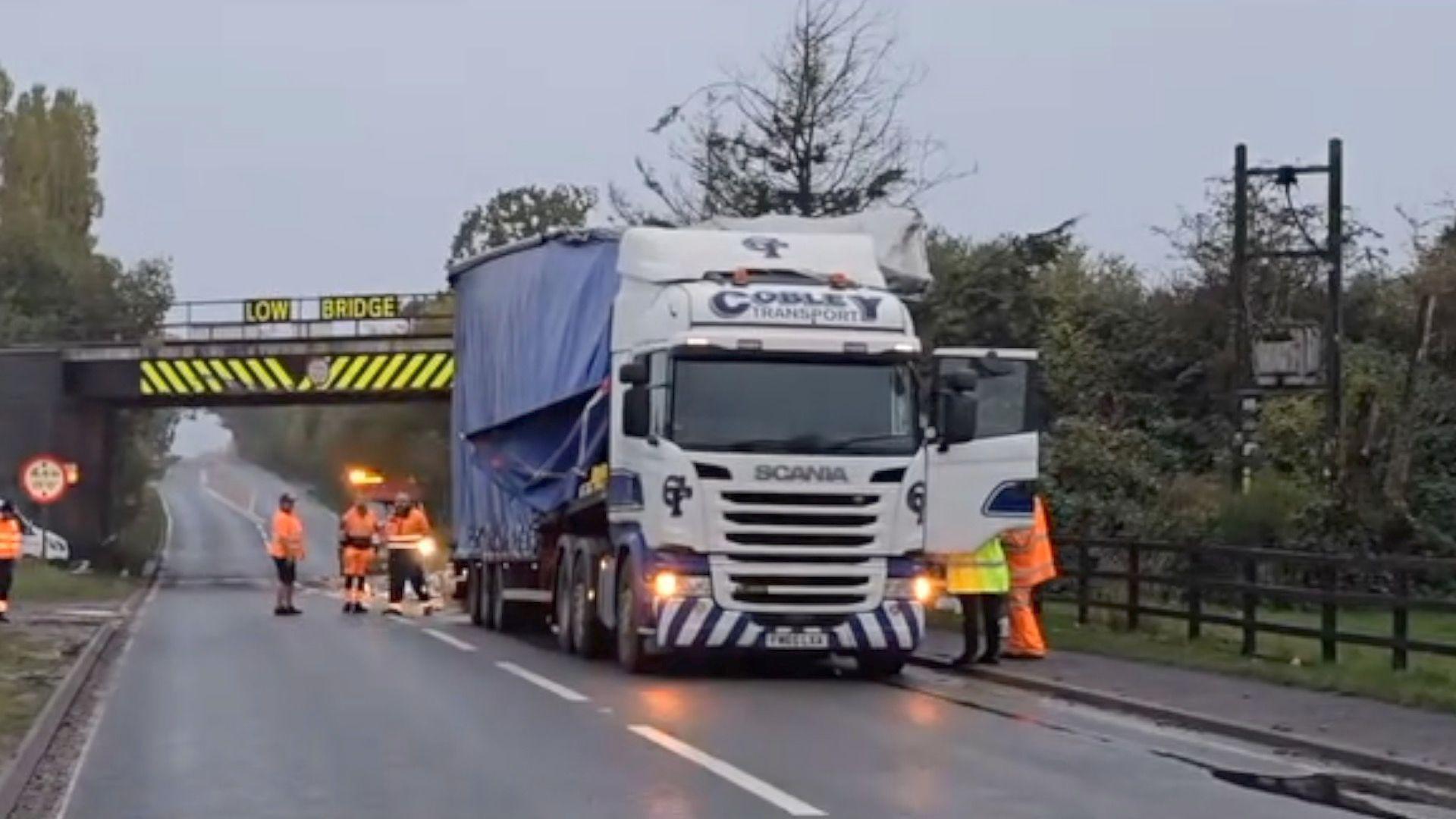
- Published12 November 2024
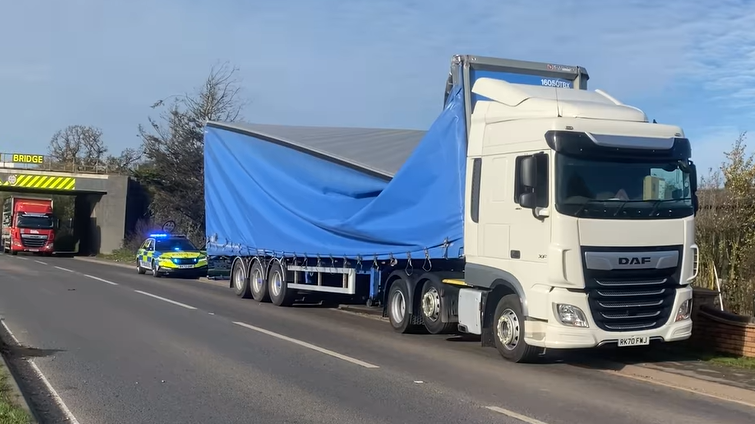
- Published29 November 2024
